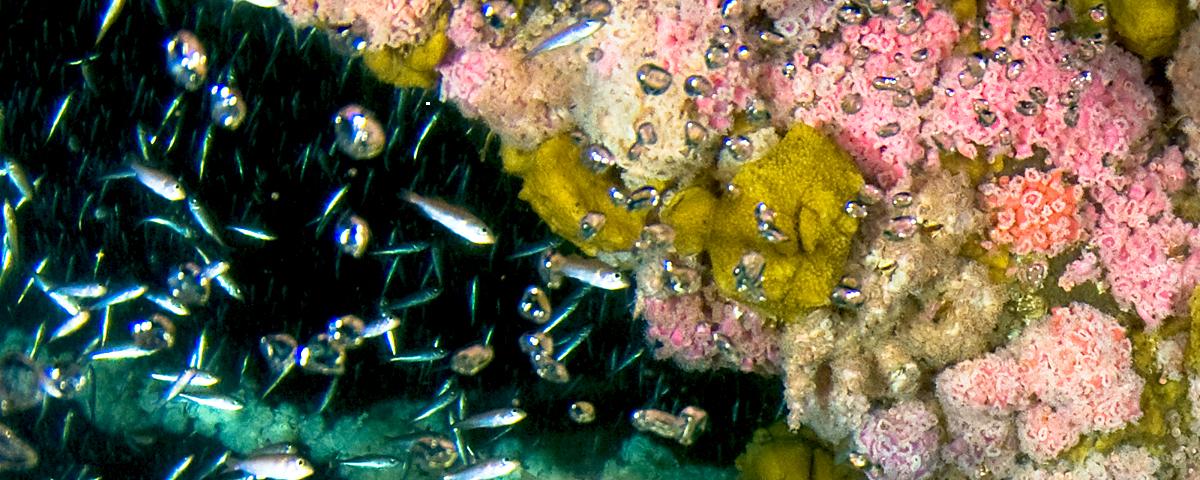Operational and Socioeconomic Impact of Nonexplosive Removal of Offshore Structures.
Abstract
From the Abstract: “The decommissioning of offshore structures is a severing intensive operation. Cutting is often required throughout the structure above and below the waterline and mudline on braces, pipelines, risers, umbilicals, manifolds, templates, guideposts, chains, deck equipment and modules. More significant cutting operations are required on elements that are driven into the seafloor, such as multi-string conductors, piling, skirt piling, and stubs which need to be cut at a minimum of 15 below the mudline, pulled, and removed from the seabed.
A variety of technology exists to perform severance operations. These include abrasive water jet, diamond wire, diver torch, explosives, mechanical and sand cutters. For severing operations that occur above the waterline, the cutting technique selected is usually dictated by the potential for an explosion. Cold cut methods are used when the potential for an explosion exists; otherwise hot cuts are employed. Cutting in the air zone is conventional1 since it involves methods which are regularly used for dismantling onshore industrial facilities. Below the waterline cutting is more specialized. In water depths that do not exceed 150 feet or so, divers perform cuts on simple elements such as braces and pipeline, and for shallow water structures such as caissons, torch cutting is sometimes the preferred severance method.
Divers are also used to cut when other techniques produce an incomplete cut. In water depths exceeding 150 feet, remotely operated vehicles and automated diving systems are deployed with abrasive and diamond wire cutters and explosive charges. Major cutting operations on conductors, piling, and stubs normally employ mechanical, abrasive water jet, and explosive charges. Mechanical and explosive methods are primarily used for conductors with abrasive water jet and explosives predominately used for pile severance.
The decision to use explosive and/or nonexplosive methods depends on the outcome of a risk-based comparative assessment involving cost, safety, technical, environmental, and operational considerations. The purpose of this report is to describe the factors involved in the decision to use explosive or nonexplosive methods; the business, market, and contract environment of nonexplosive technology; and the environmental, physical, safety, and activity requirements associated with nonexplosive methods.
The technology of nonexplosive removal techniques and the regulatory environment in the Gulf of Mexico (GOM) has not changed dramatically over the past decade, and so the scientific and technical aspects of this report draw on the National Research Council’s 1996 report [28], which provided a comprehensive assessment of removal techniques for offshore structures up through the mid-1990’s. The reader is encouraged to consult [28] for additional background information. Mechanical, abrasive water jet, diamond wire, and diver torch methods are the primary nonexplosive techniques applied in the offshore environment, and each method will be discussed within the context of decommissioning activities.
The outline of the report is as follows. In Section 2, the business context of decommissioning is outlined. The management of decommissioning activities, the bid process, and the decommissioning network that operates in the GOM is described. The factors that arise in the selection of a specific severance technique are presented in Section 3. In Section 4 the size of the GOM nonexplosive severance market is estimated according to removal method, and in Section 5, the general structure of nonexplosive service contracts are described, including the formal derivation of cost functionals derived from average contract parameters. In Section 6, the science and technology of mechanical, abrasive water jet, diamond wire, and diver torch methods is described, and in Section 7, the cutting systems and activity requirements
associated with each method are discussed. In Section 8, a summary of the environmental and physical impact and safety issues associated with nonexplosive cutting technology is described. The main body of the report concludes in Section 9 by presenting the issues dealing with the use of a “shallowing-up” (also called “hopping”) technique to allow severing sections of the jacket in air. This applies in any situation where the jacket can not be easily lifted in one piece, as an alternative to complete removal in-situ.”

